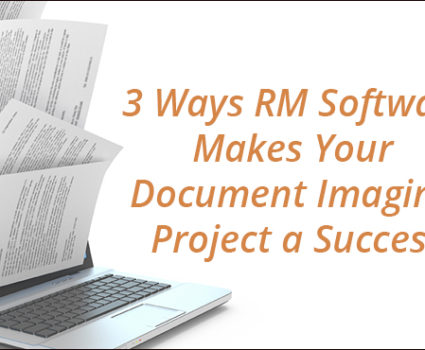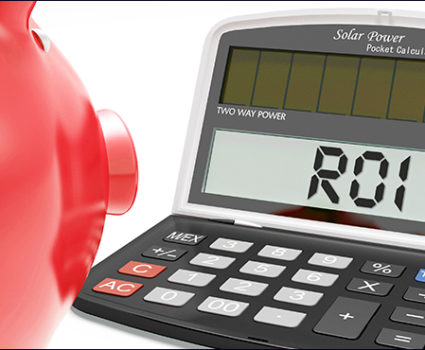
How to Successfully Implement RIM Software – Part 2
In our last blog post we shared secrets to success for implementing records management software. These lessons from the front lines included:
- assembling a diverse project implementation team
- participating passionately in the process.
In this week’s blog post, we continue our lessons learned, exploring the hybrid environment, electronic records and change management.
STRATEGY 3: EMBRACE THE HYBRID ENVIRONMENT OF PAPER AND ELECTRONIC RECORDS
Very few businesses are in a position where they deal exclusively with either paper or digital records. The rest of us are stuck managing both paper and electronic records in the same environment. And it looks like it will
be that way for quite some time. The key lesson learned by our clients is to embrace the hybrid records reality and prepare for both formats, no matter what your current situation. This means a few things.
A Record is a Record is a Record
First, it means treating every record in your system the same way, regardless of format. The time to do this is when configuring the RM software with the details of your records classification scheme. However, in order to treat paper and electronic records the same way in the software, you might have to take a step back and revisit your current classification scheme.
Once you have establish a format-neutral classification scheme, and it is loaded into your RM software, you are then ready for whatever comes. Sometimes, it helps to tackle the hybrid environment in stages. A very successful strategy, employed by many of our clients, is to start by managing paper records, and then add electronic records once the organization has mastered the paper side of things.
STRATEGY 4: TACKLE ELECTRONIC CONTENT SELECTIVELY
If you haven’t mastered electronic records management yet, don’t worry, you are not alone. Most of the organizations we work with are grappling to some extent with the issue of how to handle their electronic content. For many of our clients, RM software initially presented a paradox – they finally had a tailor-made tool for managing electronic records, but they seemed no closer a solution because they didn’t know how they would use it.
Here are the common questions we have encountered:
- How do we get a handle on electronic content when it lives in so many different places?
- How do we prevent our new system from becoming a vast electronic dumping ground like our existing shared drives and cloud storage accounts?
- What role do we carve out for the RM system in relation to other systems like Microsoft SharePoint®, or our core business software?
These are tough questions that have been vexing records managers for years. However, many of our clients have found a workable, successful strategy to deal with these issues – and that is to be selective when choosing which electronic content to manage.
STRATEGY 5: PROACTIVELY MANAGE THE CHANGE
Change management is an important element of all big business initiatives, and RM software implementations certainly fall into this category. Considering the strategic importance of the software and the sheer number of workers and business processes that it potentially affects – it’s easy to see why it needs to be rolled it out carefully.
Here are some of the change management tactics that our clients have successfully employed.
- Roll out the RM software in stages, mastering it in one area before a wider roll-out
- Appoint super-users to help manage change among end users
- Implement well-designed training programs
- Monitor the roll-out with regular follow-ups, ensuring that you stay on track.
Next Steps
- Download our white paper for an in-depth discussion of these lessons learned.
- Learn more about TAB FusionRMS
- Get help planning your RM software implementation: fusionrms.tab.com/contact




